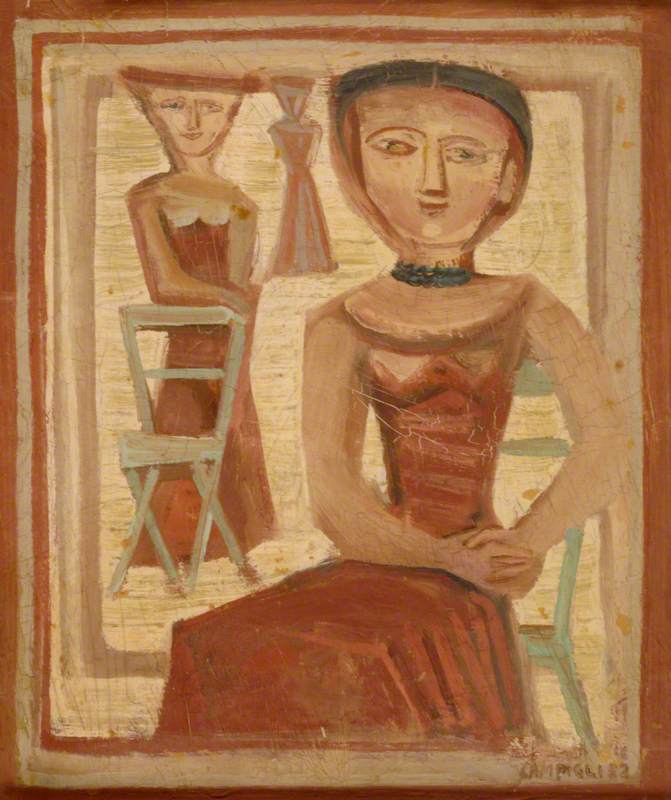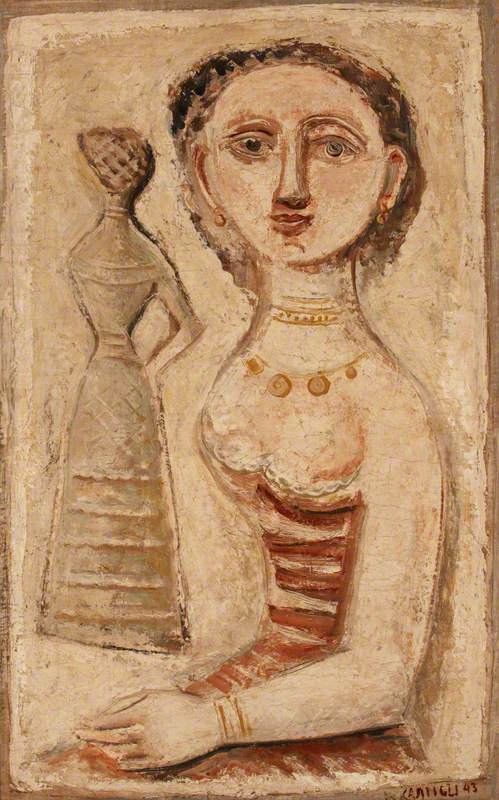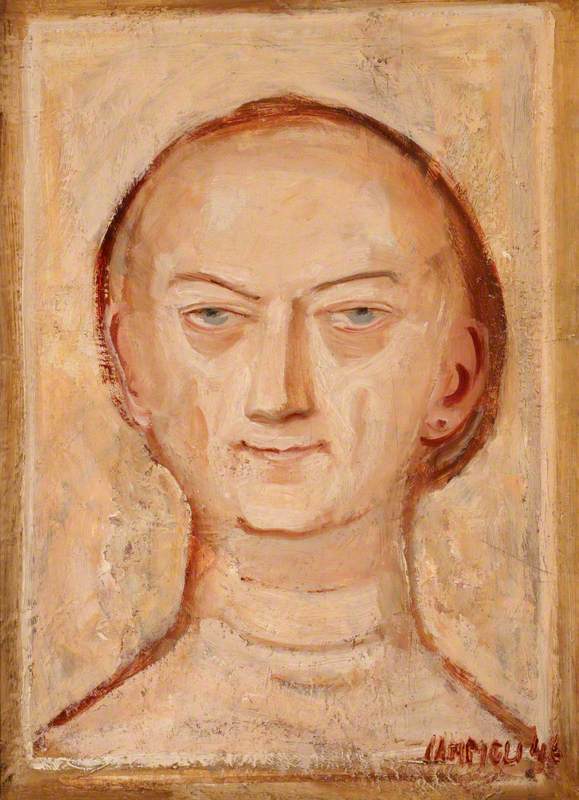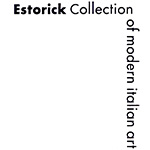
Italian painter, born in Florence. He trained as a journalist in Milan (where he associated with the *Futurists) and was self-taught as a painter. In the First World War he fought in the Italian army and was taken a prisoner of war; after his release he settled in Paris, where he lived from 1919 to 1933. As Campigli himself said, *Léger and *Picasso were major influences on his early work, but after seeing an exhibition of Etruscan art on a visit to Rome in 1928 his style was completely transformed: he abandoned perspective and his figures became two-dimensional and hieratic (although they have an air of dolls rather than of ancient presences). In the 1930s he began to establish an international reputation and received several commissions for large murals, to which his flat figures with their exaggerated gestures were well suited; examples are in the Palace of the League of Nations in Geneva (1937), the Palazzo di Giustizia, Milan (1938), and the Palazzo del Liviano, Padua (1939–40).
Text source: A Dictionary of Modern and Contemporary Art (Oxford University Press)





